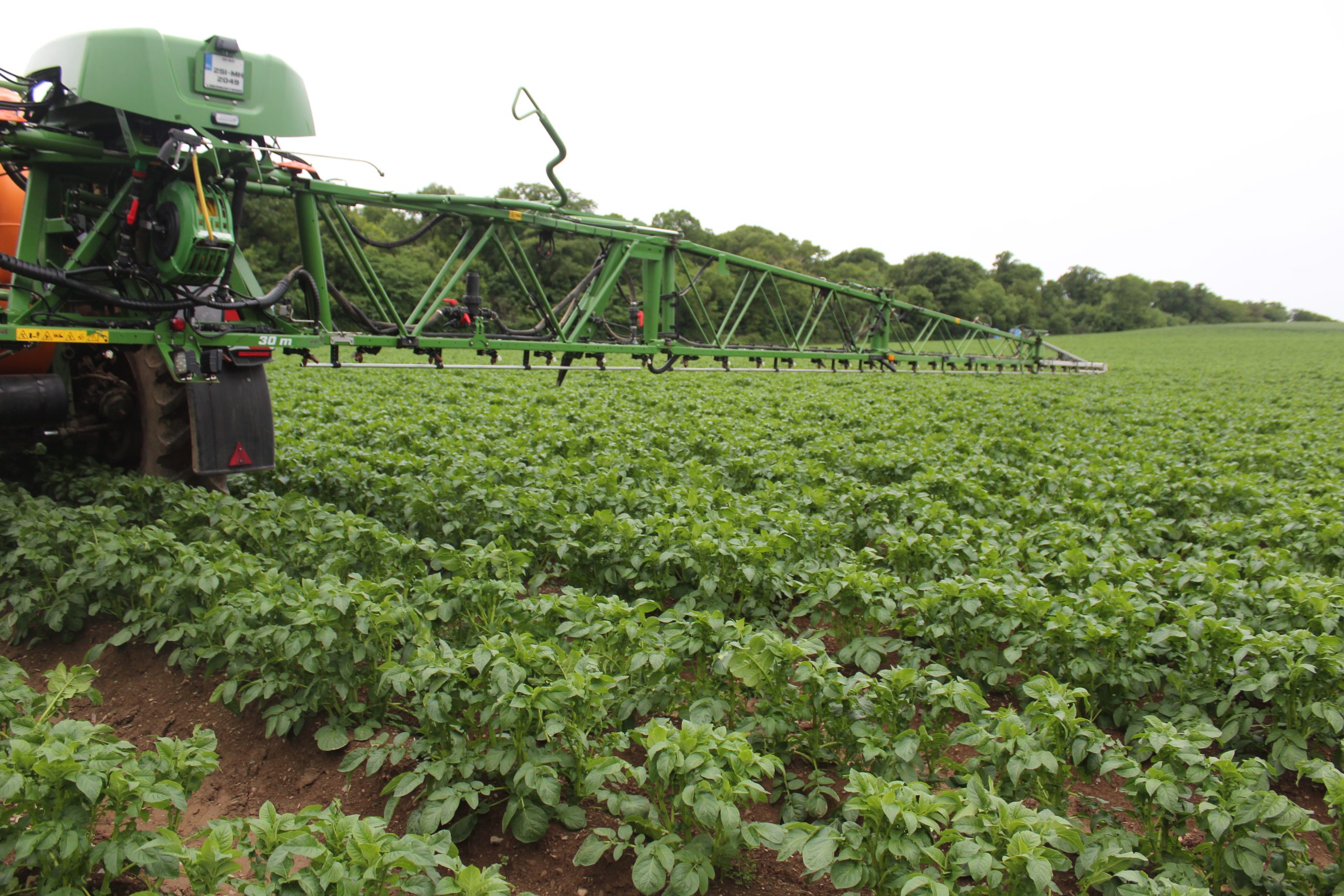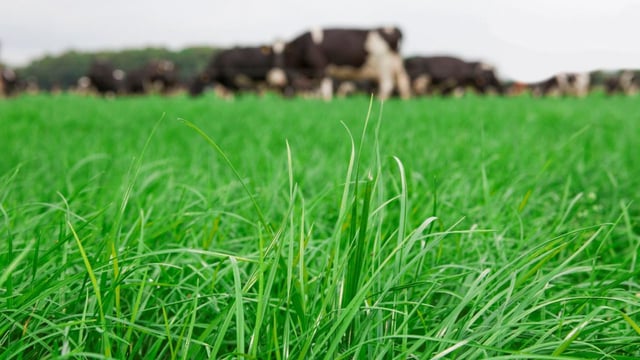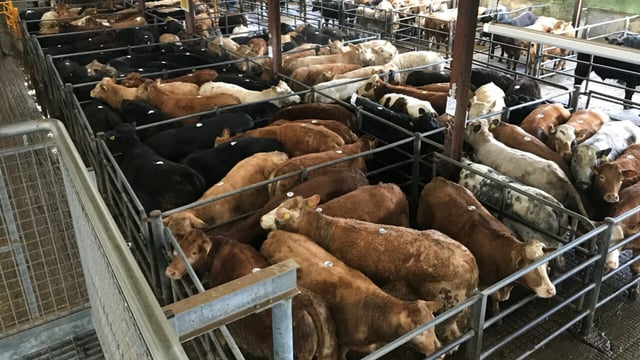Specialists call on farmers to monitor for blight in Ireland
Potato growers attending a recent Teagasc farm walk in Co. Meath were told that monitoring for blight in Ireland must become a priority.
Recent years have seen multiple mutations taking hold within Europe’s blight populations, resulting in the development of resistance to numerous blight fungicide chemistries.
Currently, the levels of blight population testing in Ireland is low relative to that taking place in the UK and across mainland Europe.
Teagasc plant disease specialist, Dr. Steven Kildea, commented: “We need real time information on how blight populations are changing in Ireland. And the input of growers is critically important in making this happen.”
Potato farmers can make suspected blight samples available to the agriculture and food development authority in one of two ways.
One is to physically put impacted leaves into an air-tight plastic bag and send them to Teagasc's Oak Park Crops Research Centre in Co. Carlow.
The other option is the use of Fast Technology for Analysis (FTA) cards. These have been given out to growers by Teagasc staff at recent potato events.
They allow growers to leave a sample of the blight-causing organism on the card. The cards are then submitted to Oak Park for analysis.
According to Dr. Kildea, real-time monitoring of blight populations is the only way that Irish potato growers can hope to keep on top of a disease that still has the potential to create havoc within Ireland’s potato sector.
Fungicide availability is one issue when it comes to controlling blight. Using the chemicals effectively is the other challenge confronting growers.
So, ensuring that sprayers are fit for for purpose when used to apply blight fungicides is critically important.
The core objective is to ensure that crops are fully treated every time the sprayer goes into a field of potatoes.
This means ensuring that all of the crops are sprayed with the correct rate of fungicide.
Growers should avoid misses, overlaps, double applications, and low application rates.
Put another way, growers should only sow what they can spray effectively. Global positioning satellite (GPS) systems can be used to deliver accurate boom overlaps.
Where headlands are concerned, accurate sprayer on-offs are vital. In addition, GPS switching needs to be set up correctly.
Distance from the boom, solenoid switching speed, and tractor forward speed all impact on this.
Corners should be reversed into, and curves in fields can also impact on application rates, especially with wider booms.






